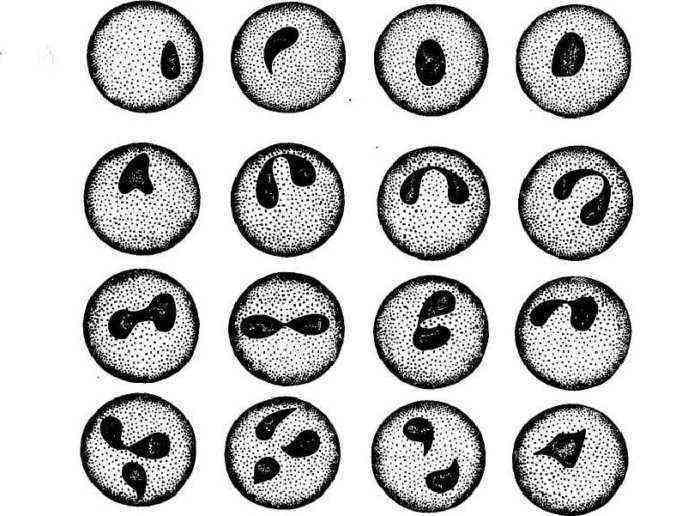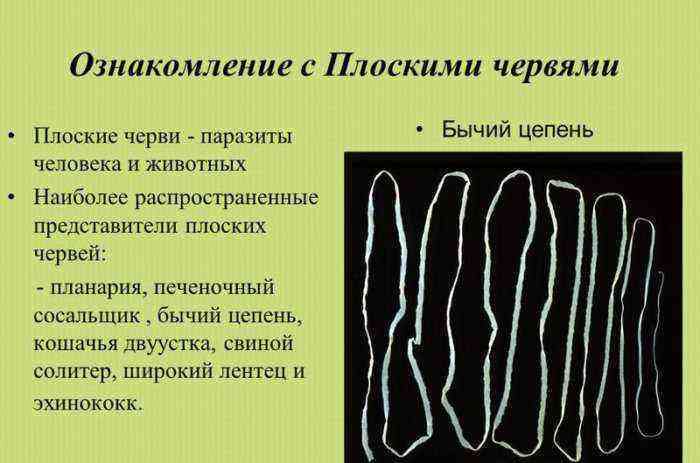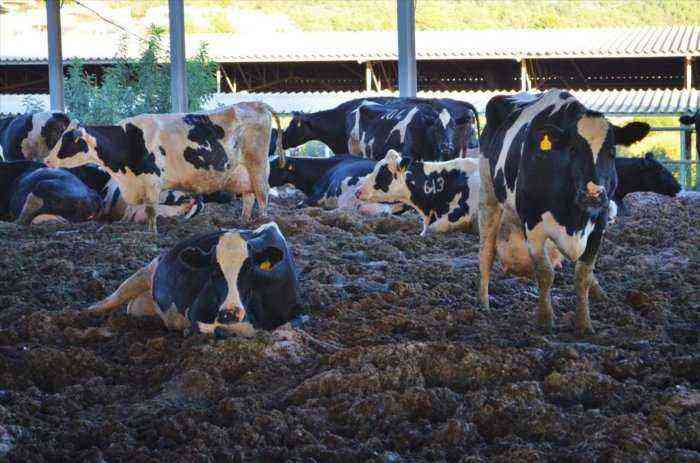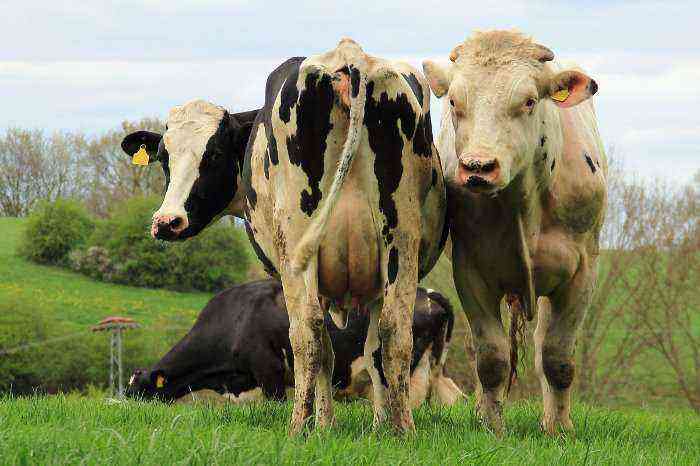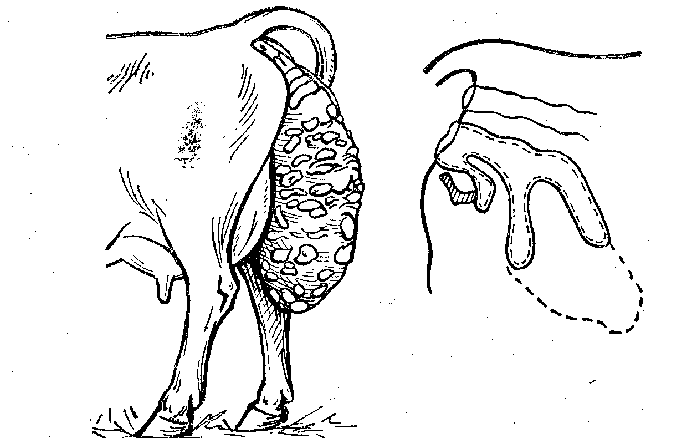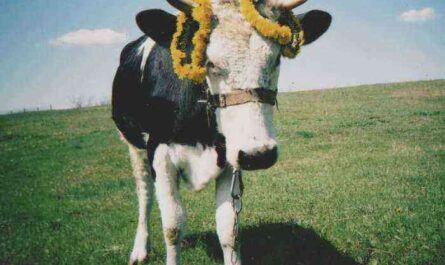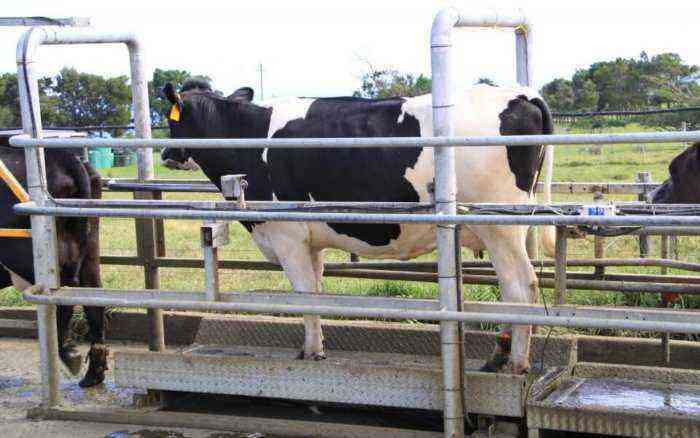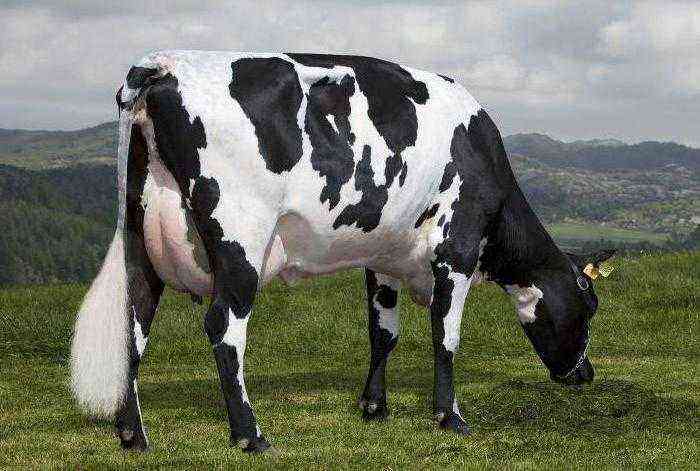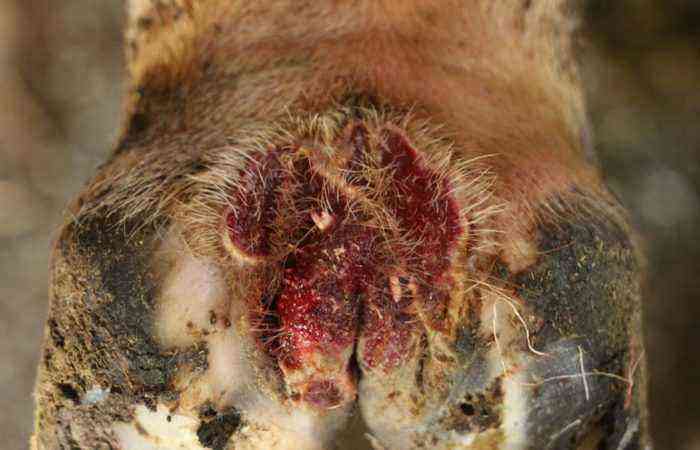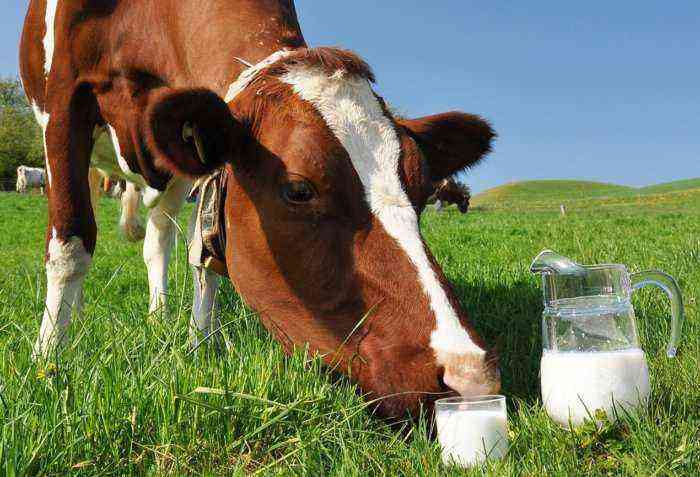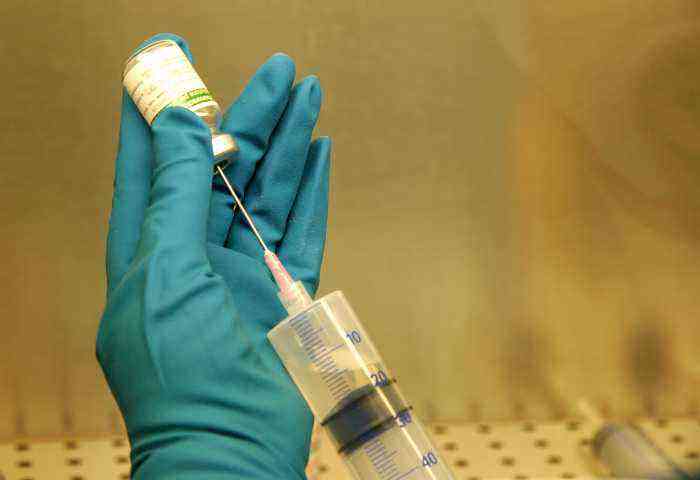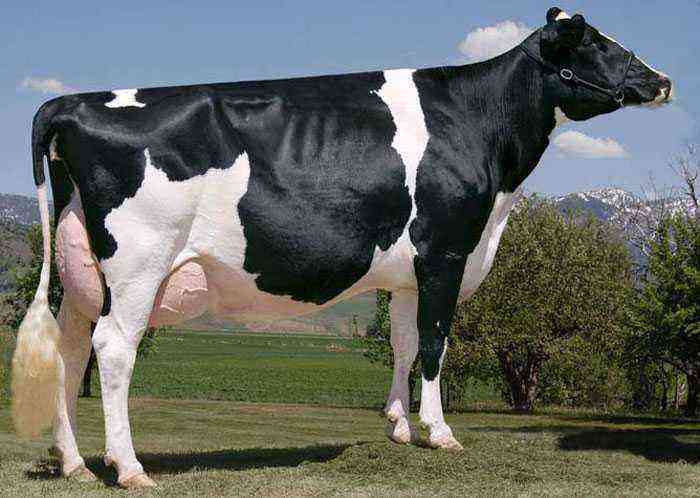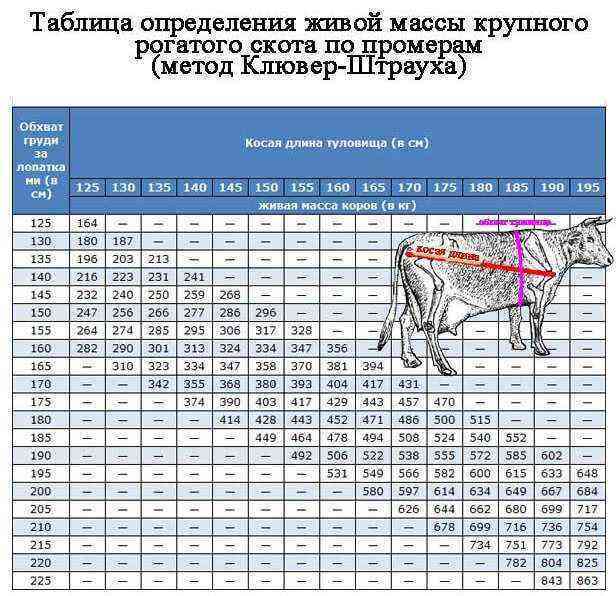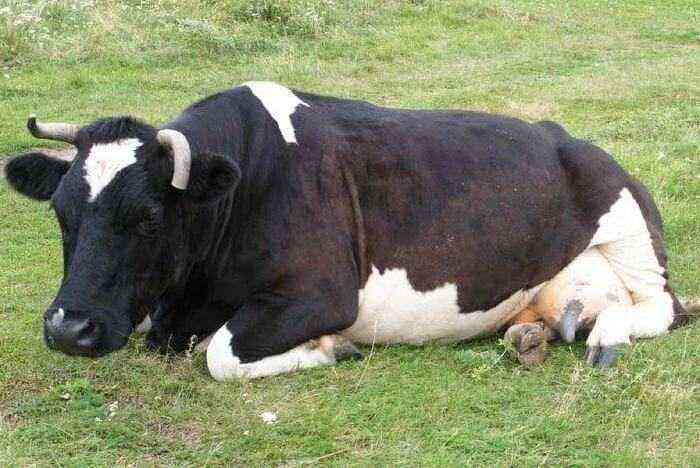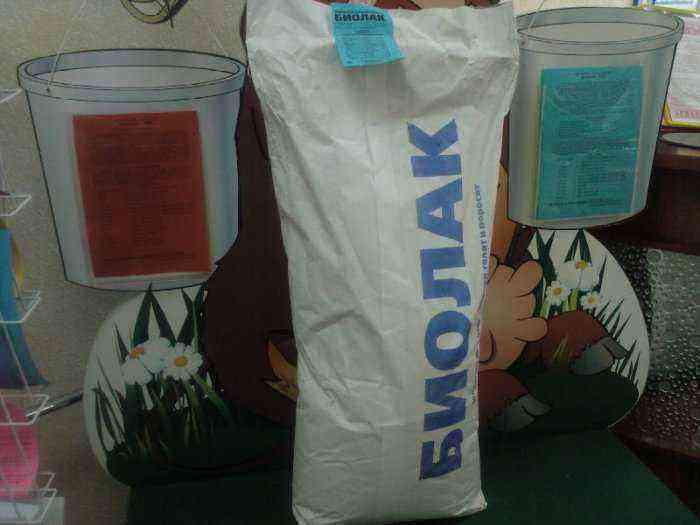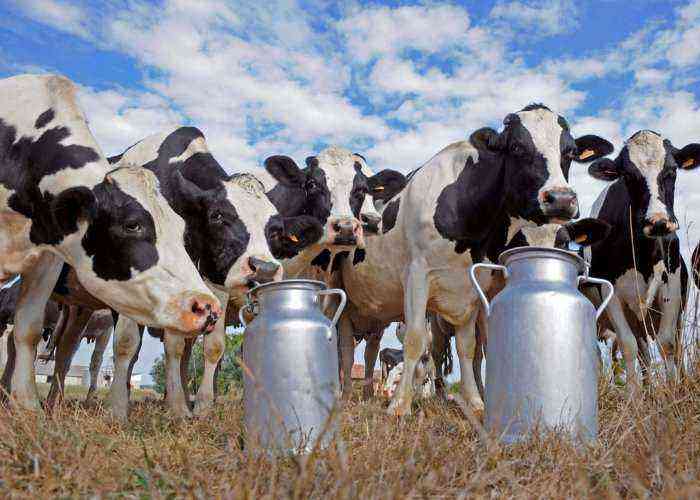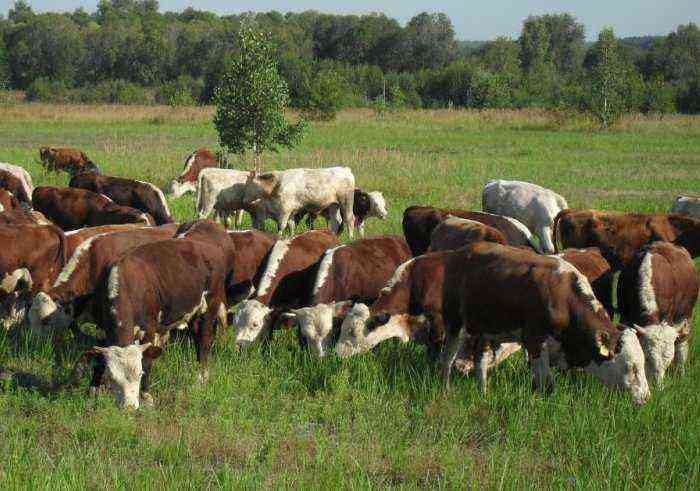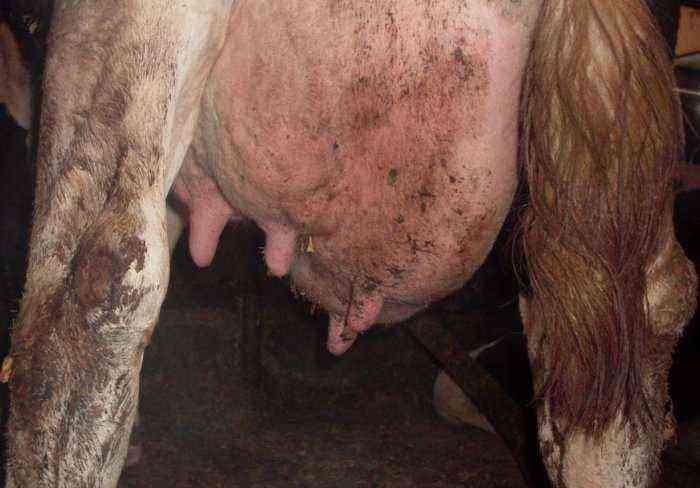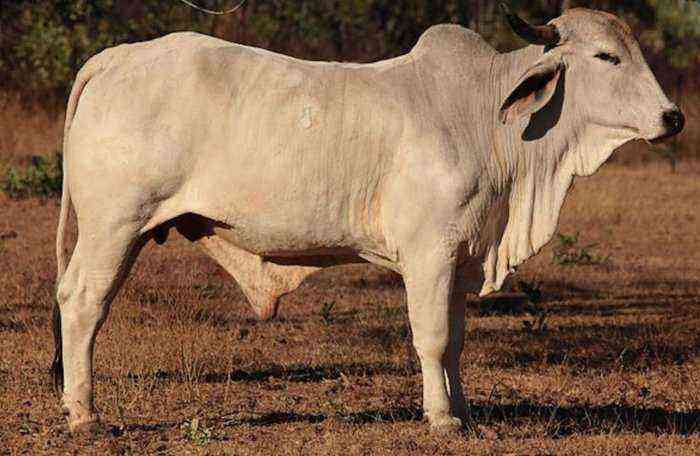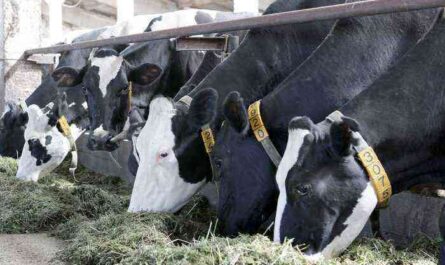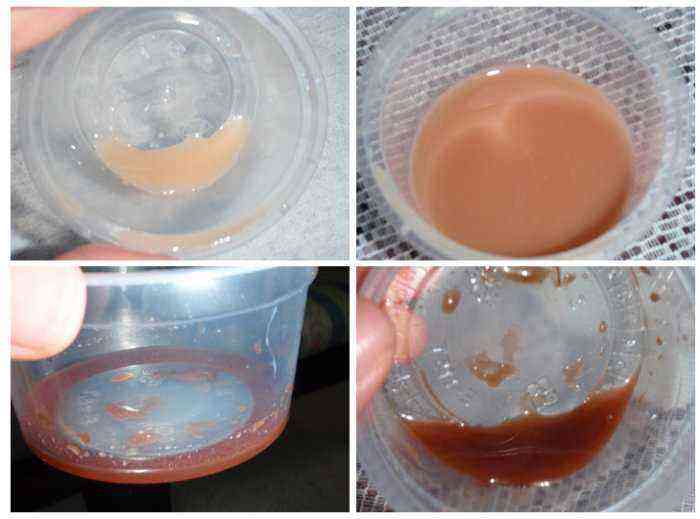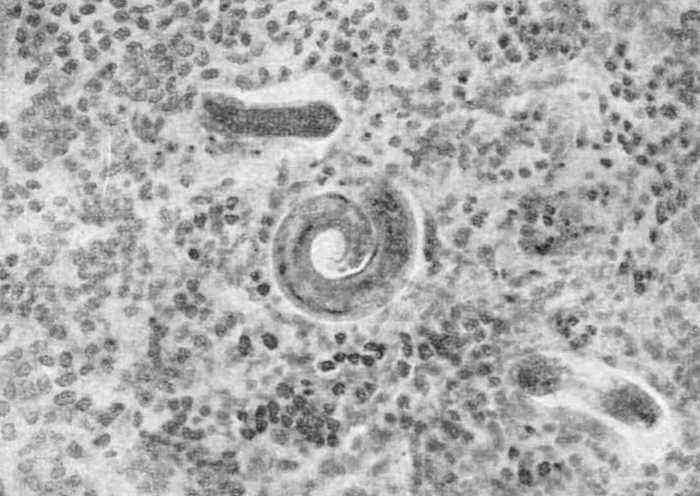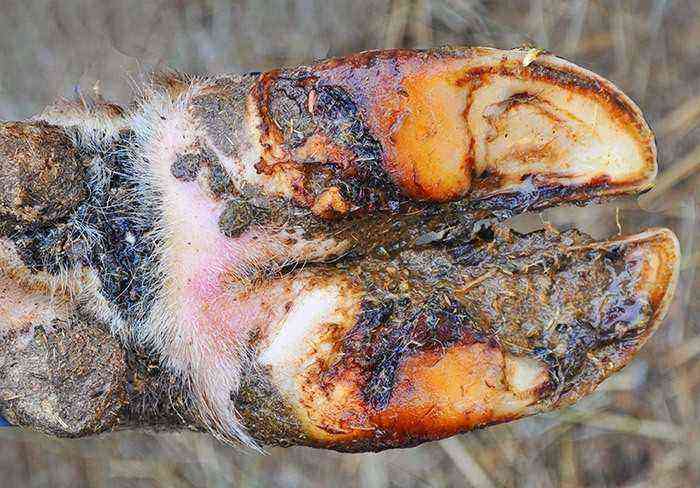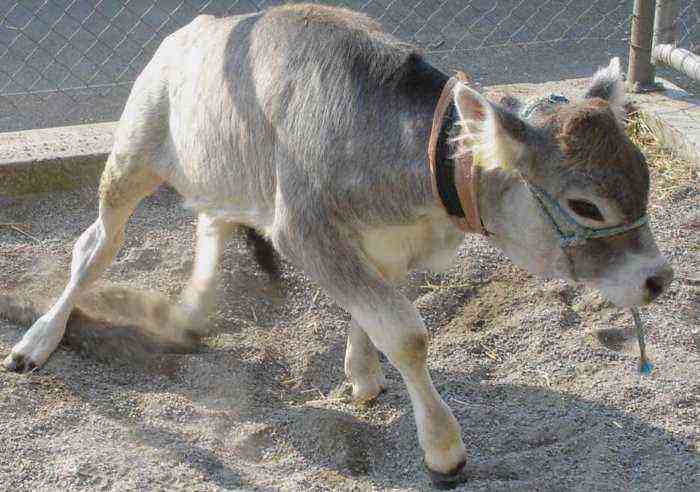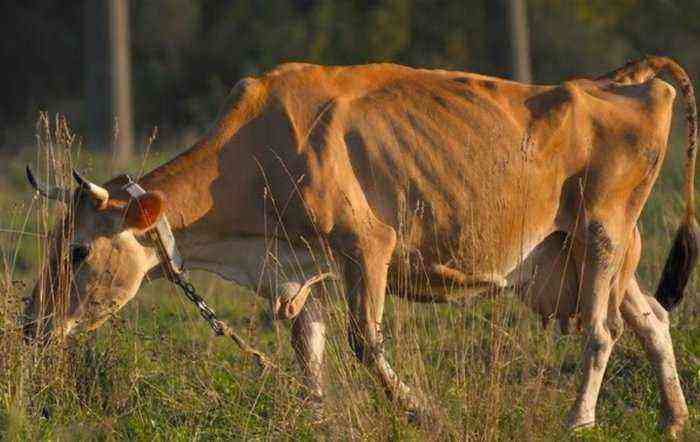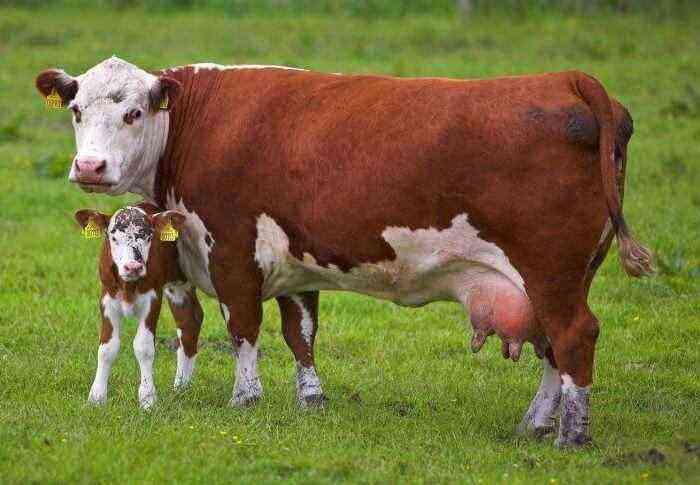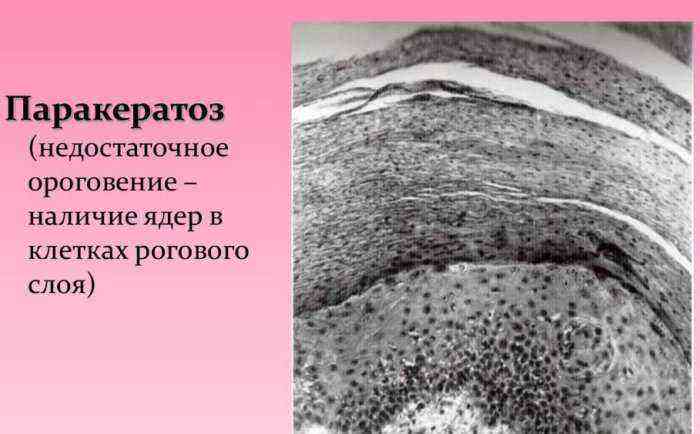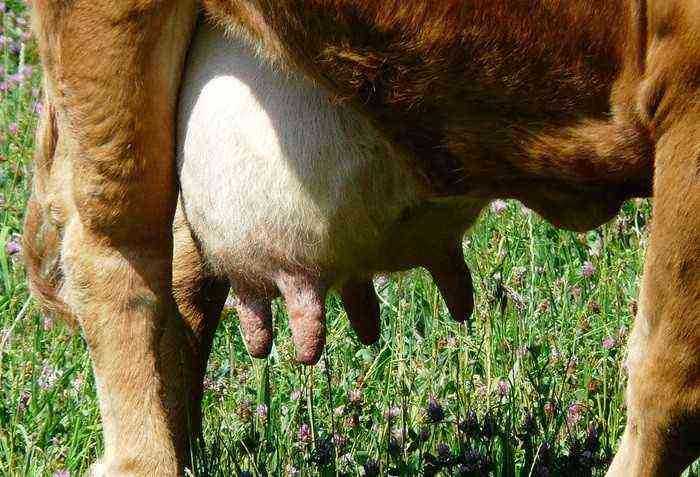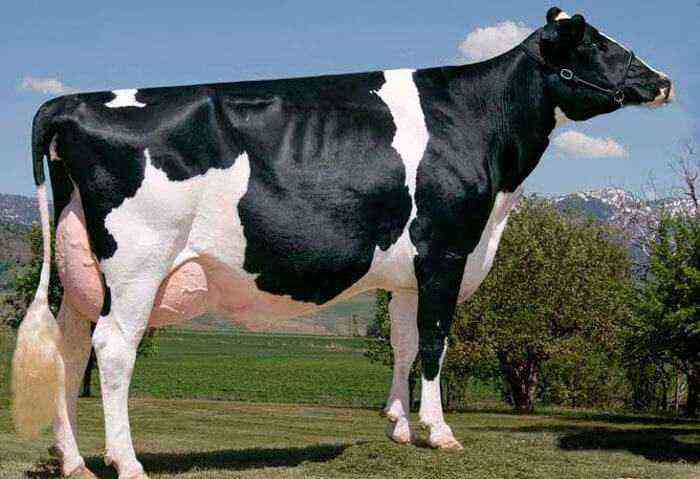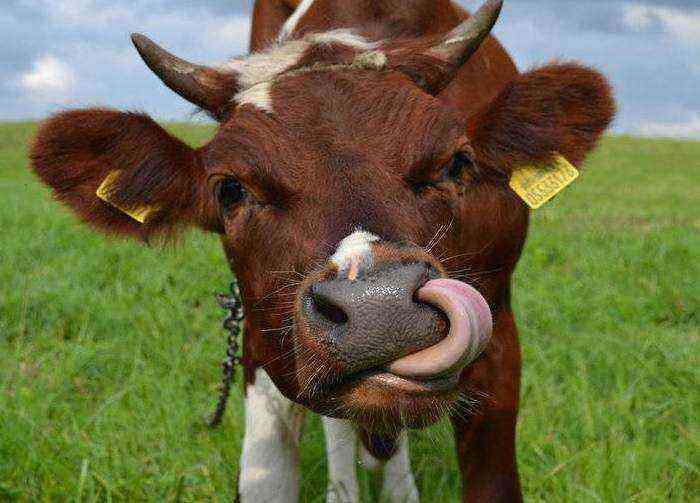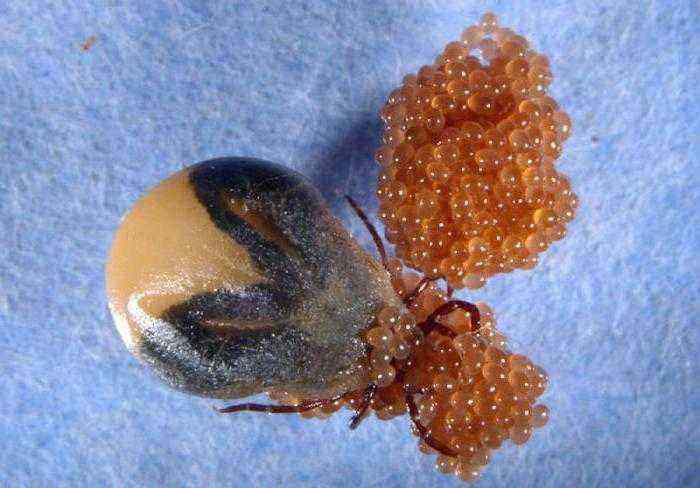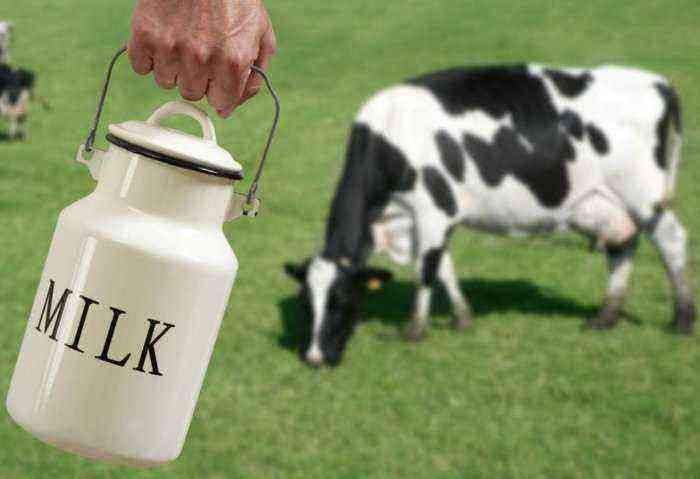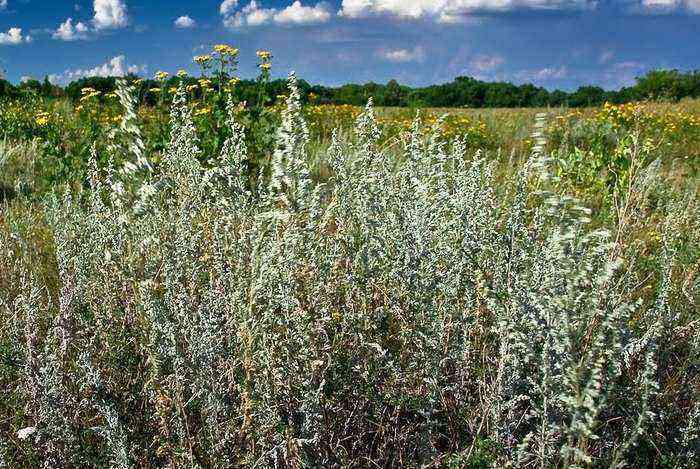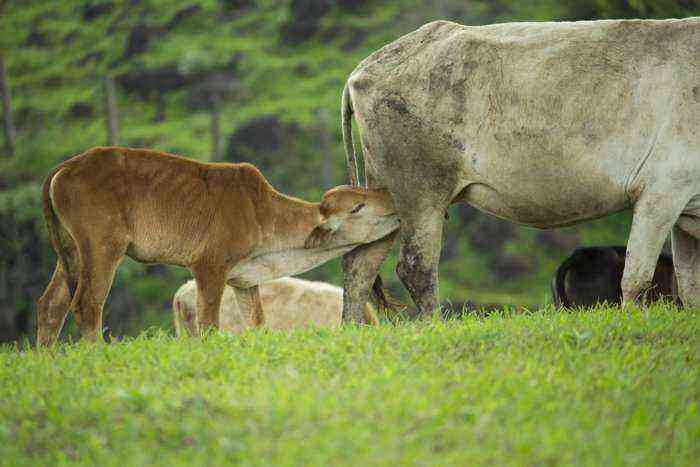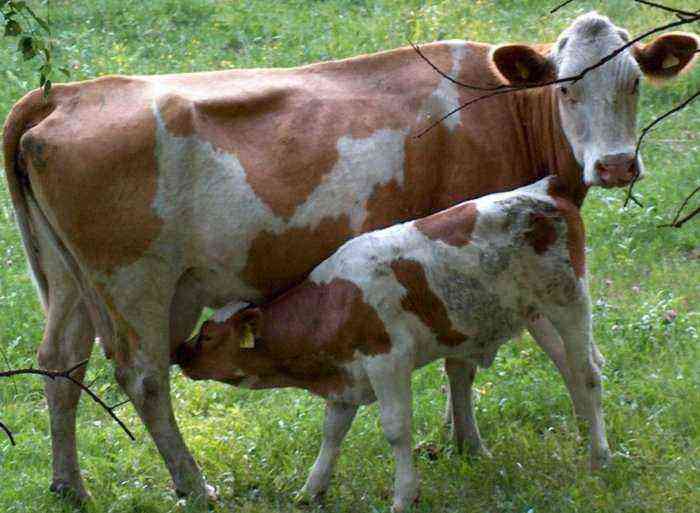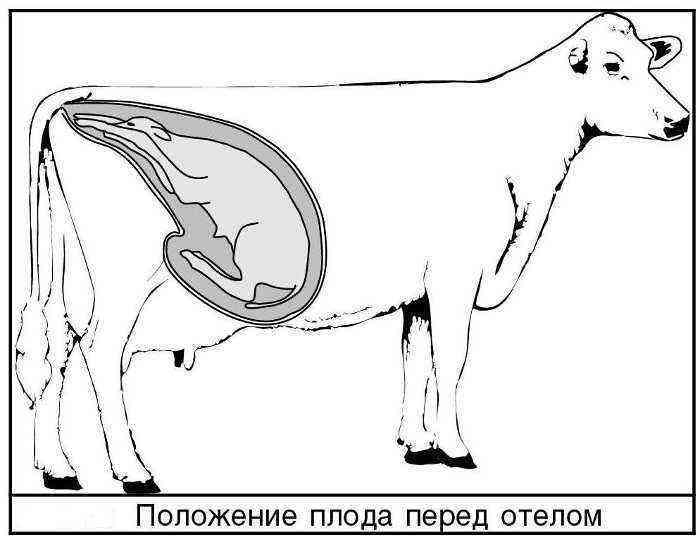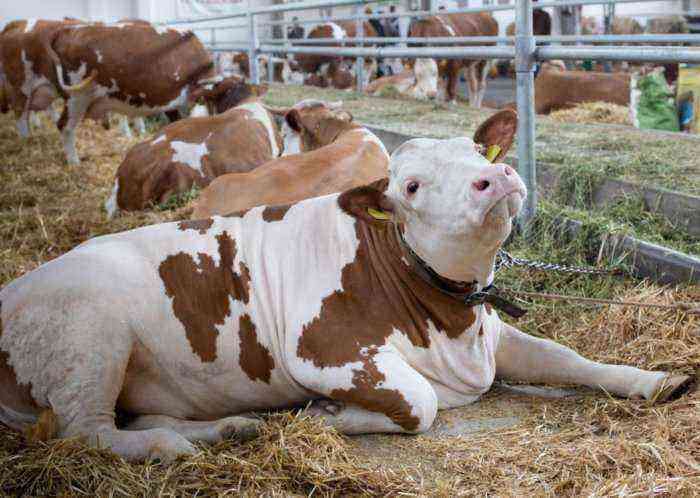A thorn in the eye of a cow, which is characterized by clouding of the corneal layer of the eyeball, is formed due to the growth of connective tissue on the cornea. It can lead to complete loss of vision if not treated on time. The causes of thorns, symptoms of the disease, as well as methods of therapy will be discussed in this article.
Sore eye in cattle
What is a thorn?
Clouding of the cornea due to the growth of connective tissue on it is called leukoma, or thorn. Violation of the integrity of the shell of the eye entails scarring. At the site of the scar, a layering of cells is formed, which almost do not transmit light. That is why the animal loses its sight. Leucoma in a cow can be seen with the naked eye – it forms on the lens and has a characteristic light shade. Over time, the spot gradually changes color to yellowish.
Causes of an eyesore
A thorn in a cow’s eye may occur due to a violation of the integrity of the corneal layer of the eyeball. Not always the traumatic factor is related to the development of the disease. Consider the causes of the appearance of the walleye in detail:
- Inflammation of the cornea due to severe intoxication of the body or infectious diseases of the animal.
- Penetration of a virus or pathogenic bacteria into the eyeball, for example, with conjunctivitis.
- Telaziosis. Cows often suffer from this type of helminthiasis, in which the parasite enters the eyeball.
- Erosion of the cornea resulting from an eye injury, foreign objects, burns.
- Congenital or acquired pathologies of the structure of the eyelids. If the eyelids do not close for some reason, the cornea gradually dries up, its tissues degenerate.
- Autoimmune diseases.
- Sharp fluctuations in intraocular pressure.
Reference. Older cows may develop an eyesore due to age-related changes in the corneal tissues.
Symptoms of the disease
The cow’s belmo does not appear immediately. After damage to the cornea as a result of trauma or for another reason, you may not notice a cloudy spot on the eye, because it is small. However, you should definitely pay attention to the symptoms preceding the development of the walleye.
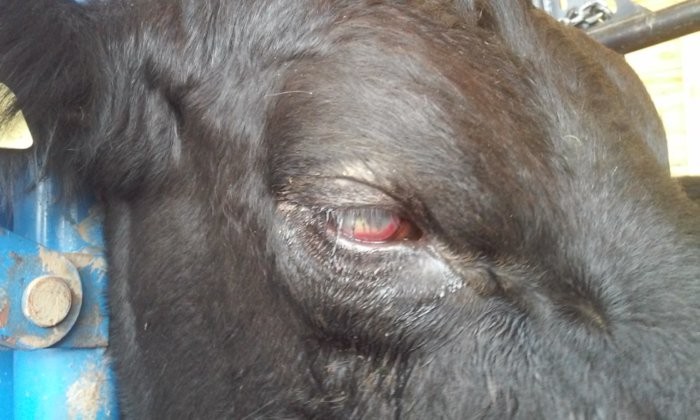
Conjunctivitis in a cow
These include:
- Profuse lachrymation.
- Conjunctivitis – discharge from the eye of pus, sticking of the eyelashes.
- Photophobia. When inflammation develops in the eyeball, the pupil becomes too sensitive, so it is unpleasant for the animal to look at the light.
- Redness of the conjunctiva.
- Puffiness of the eyelids.
How to treat a thorn in the eye of a cow?
It is possible to cure a thorn in a cow if a problem is detected in time. Otherwise, there is a high risk of complete loss of vision in the affected eye. It is best to invite a veterinarian to examine the cow: it is important to correctly determine the cause of the development of the pathology. If infectious diseases are involved in it, not only local therapy will be needed, but also the use of antibiotics or other drugs.
Attention! If the cause of the disease is thelaziosis, then therapy will include the use of anthelmintic drugs.
Medication
In case of inflammation of the cornea as a result of trauma or ingestion of a foreign body, it is recommended to rinse the eye with a solution of furacilin in order to avoid the development of a thorn. Take one tablet in half a glass of water. Purulent discharge is carefully removed with a sterile bandage moistened with a solution or a syringe is used for washing. A solution of boric acid is also used to remove purulent outflows.
Your veterinarian may recommend eye drops to relieve inflammation if the condition is not caused by the herpes virus or other infections.

Dexamethasone in drops
Here is a list of drugs:
- Dexamethasone;
- Hydrocortisone;
- Oftagel.
Attention! Drops containing glucocorticosteroids are contraindicated in eye diseases accompanied by purulent discharge, as well as in viral lesions of the cornea.
For the treatment of walleye, antibiotic ointments are widely used. These drugs should be placed under the lower eyelid of the affected eye in the morning and evening:
- Tetracycline;
- Cornegel;
- Oftagel.
If vascular keratitis is the cause of the leukoma, veterinarians recommend vitreous injections into the eye. In cases where the thorn has spread to the entire pupil, conservative methods are ineffective. Belmo can be removed surgically, but farmers rarely resort to this method of treating cows due to the high cost of the operation.
Folk remedies
Chamomile decoction
At the first signs of inflammation, you can use a decoction of chamomile to treat the eye. To prepare it, take an enameled container, place a tablespoon of pharmacy chamomile inflorescences in it and pour 250 ml of boiling water. The dishes are placed in a water bath. The broth should languish for 15 minutes, after which it is insisted under the lid. After filtering, the product is brought to its original volume with a small amount of boiled water.

Chamomile decoction
Onion with milk
You can cure a thorn in the eye of a cow with the help of onions. It is rubbed on a grater, take 1 teaspoon of pulp and pour boiled milk. The remedy is allowed to brew for several hours and filtered through gauze. Milk and onion medicine is instilled in the diseased eye 2-3 times a day, 4-5 drops, after removing the pollution.
honey solution
Honey also helps in the treatment of walleye in cows. A teaspoon of the bee product is dissolved in a glass of water, then the product is heated over low heat for 5 minutes. After cooling, the eye is washed with this solution.
Powdered sugar
Powdered sugar is popular among folk remedies for cataracts in animals. It can be bought ready-made or made from sugar in a coffee grinder. Then the powder must be sieved to get rid of large fractions. The tool is used as follows – pour a small amount into the palm of your hand or a piece of paper, stand in front of the animal. It is necessary to blow on the powder so that it shatters and gets into the eye, where a thorn forms. This procedure is carried out 3 times a day.
Attention! After getting the product into the eye, the animal experiences discomfort, it increases lacrimation. This is a normal reaction.
Prevention
Preventive measures against walleye in cows include:
- inspection of livestock in the summer for infection with thelaziosis;
- timely deworming of the herd;
- contacting the veterinary service at the first symptoms of eye damage – tearing, redness of the eyelids, swelling, conjunctivitis.

Deworming of cattle is very important
The belmo does not appear in a cow in an instant, it arises due to a violation of the integrity of the corneal tissues and slowly grows. If you notice signs of inflammation in time and start treatment, there are chances to cure leukoma. Veterinary care should not be neglected if the cow has an inflamed eye, because improper treatment can aggravate the situation.
